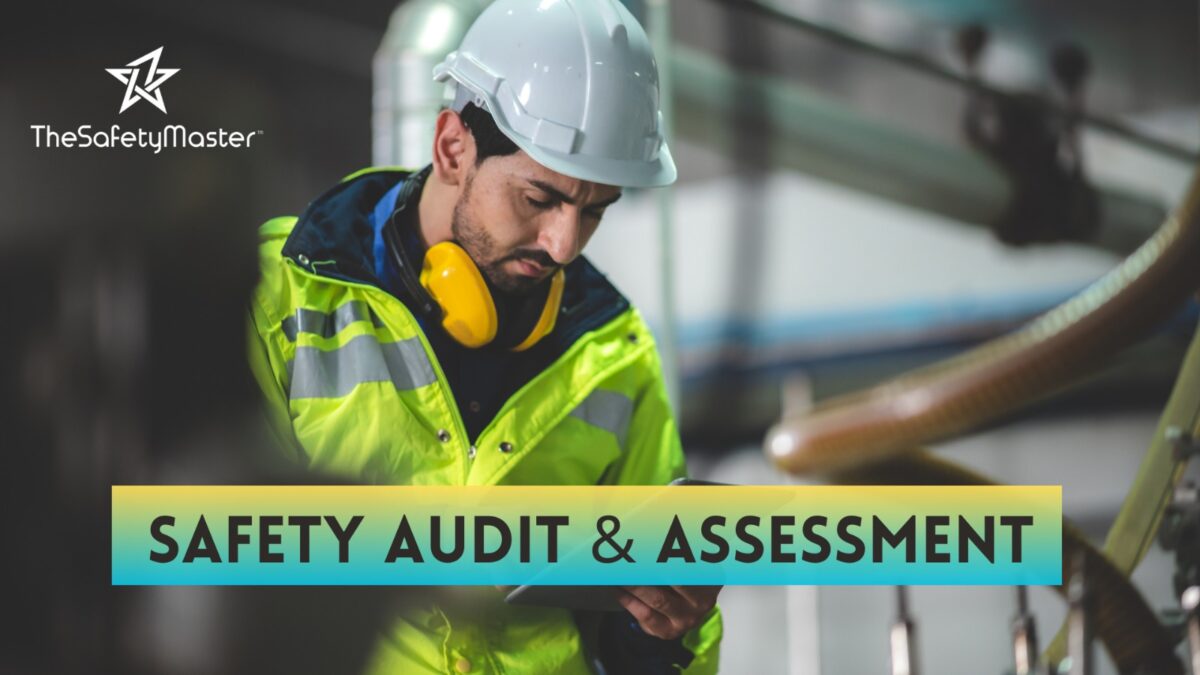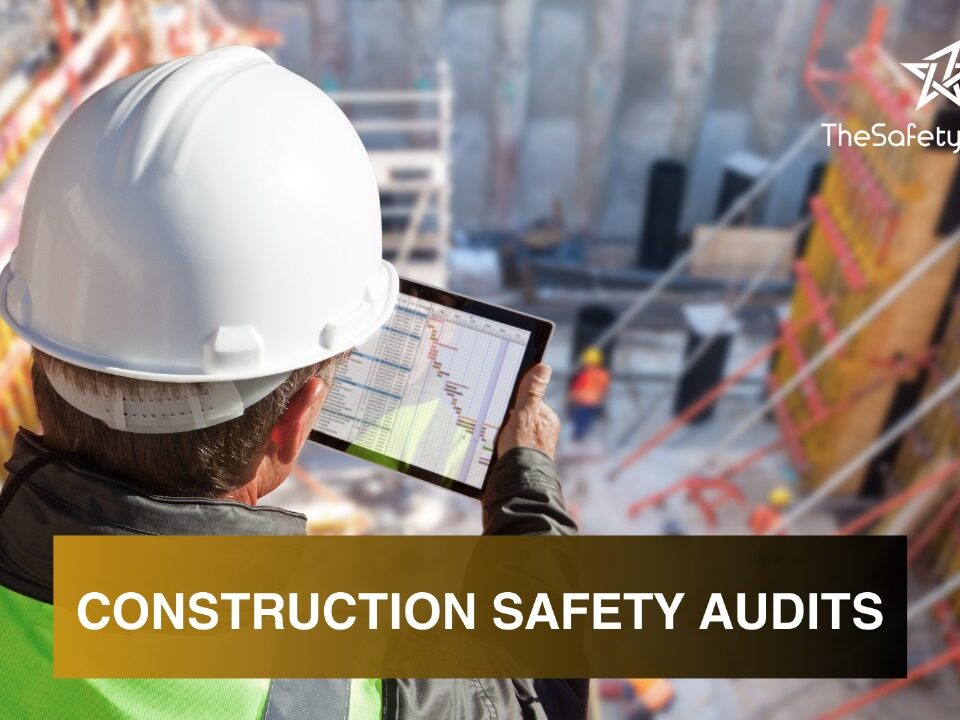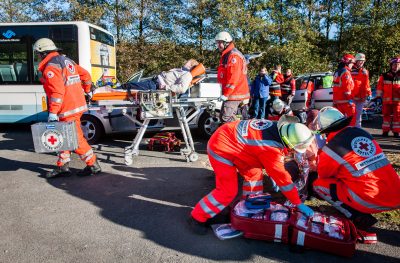Confined Space Entry: Procedures and Risks in Construction Sites – The Safety Master

Handling Cyanide Safely: Protocols for Mining and Metal Processing Industries
March 19, 2024
Transportation Route Risk Assessment and Logistics Safety Audit
March 21, 2024Introduction
Welcome to the world of construction, where every task demands precision and safety measures are paramount. Among the numerous hazards construction workers face, confined space entry stands out as a particularly risky endeavor. In this comprehensive guide, we’ll delve into the procedures and risks associated with confined space entry in construction sites, equipping you with the knowledge to navigate these hazardous environments safely.
What is Confined Space Entry?
Before we proceed, let’s clarify what constitutes a confined space. A confined space is any enclosed area with limited access and egress, not designed for continuous occupancy. Think of tanks, silos, tunnels, and sewers—tight spots where maneuverability is restricted. While these spaces may seem innocuous at first glance, they harbor hidden dangers that can prove fatal if not addressed properly.
Regulations and Standards
Thankfully, regulatory bodies have recognized the need to safeguard workers in confined spaces. OSHA (Occupational Safety and Health Administration) in the United States and similar agencies worldwide have established stringent regulations and standards governing confined space entry. Compliance with these regulations is non-negotiable and ensures a baseline level of safety for workers.
Identifying Confined Spaces
One of the initial steps in ensuring safety during confined space entry is identifying these spaces on construction sites. Regular inspections and risk assessments should be conducted to pinpoint confined spaces accurately. It’s essential to document and mark these areas to alert workers to the potential hazards they pose.
Hazards in Confined Spaces
Understanding the hazards lurking within confined spaces is crucial for mitigating risks. From toxic gases and lack of oxygen to engulfment and entrapment hazards, the perils are multifaceted. Each confined space comes with its unique set of dangers, requiring a tailored approach to safety measures.
Confined Space Entry Procedures
Now, let’s delve into the heart of the matter: the procedures for safe entry into confined spaces. This involves a meticulous step-by-step process, beginning with thorough planning and risk assessment. Before anyone sets foot into a confined space, proper authorization must be obtained, and all necessary precautions must be in place.
Personal Protective Equipment (PPE)
Equipping workers with the appropriate personal protective equipment is non-negotiable. This includes respiratory protection, harnesses, helmets, and specialized clothing. PPE acts as the first line of defense against the hazards present in confined spaces, providing a vital layer of protection.
Air Monitoring
Air quality within confined spaces can change rapidly, posing a significant risk to workers’ health and safety. Continuous air monitoring and gas detection are essential to alerting workers to any deviations from safe conditions. Employing reliable monitoring equipment and trained personnel is imperative to detect and respond to hazardous atmospheres promptly.
Ventilation
Proper ventilation plays a pivotal role in maintaining safe working conditions within confined spaces. Adequate airflow helps dissipate harmful gases and replenish oxygen levels, reducing the risk of asphyxiation and exposure to toxic substances. Employing mechanical ventilation systems or natural ventilation methods is essential in ensuring a breathable environment.
Communication and Rescue Plans
Effective communication is paramount in confined space entry scenarios. Clear lines of communication must be established between workers inside and outside the confined space, enabling swift coordination in case of emergencies. Additionally, robust rescue plans should be in place, outlining procedures for extracting workers safely in the event of an incident.
Training and Certification
Proper training and certification are indispensable for personnel involved in confined space entry. Workers must be well-versed in hazard recognition, emergency procedures, and the proper use of equipment. Regular training sessions and refresher courses help reinforce safe practices and keep workers abreast of the latest protocols.
Case Studies
To underscore the importance of adhering to confined space entry procedures, let’s examine a few real-life case studies. These examples highlight the dire consequences of overlooking safety protocols and serve as sobering reminders of the risks inherent in confined spaces.
Best Practices
In addition to following prescribed procedures, there are several best practices that can further enhance safety in confined spaces. These include maintaining meticulous records, conducting regular equipment inspections, and fostering a culture of safety among workers. By embracing these best practices, construction sites can minimize the likelihood of accidents and injuries.
Conclusion
In conclusion, navigating confined spaces in construction sites requires careful planning, rigorous adherence to procedures, and unwavering commitment to safety. By familiarizing yourself with the procedures and risks outlined in this guide, you’re better equipped to protect yourself and your fellow workers from harm. Remember, when it comes to confined space entry, there’s no room for complacency—safety always comes first.




